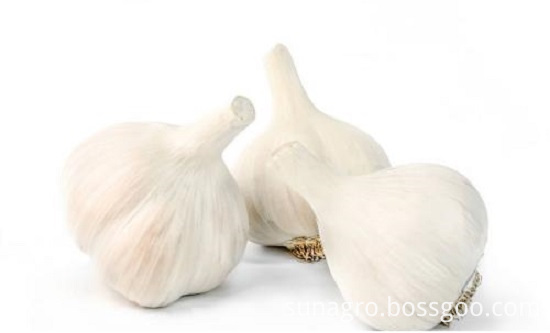Ultrasonic Thickness Gauge Distortion Phenomenon and Cause Analysis
In the actual application, especially in the monitoring of in-service equipment, if the indication distortion occurs and the actual thickness is deviated, the pipeline (equipment) hidden danger is caused, and the pipe fitting is replaced according to the wrong data, resulting in a large number of Material waste. According to the tracking usage of ultrasonic thickness measurement in the past few years, the distortion phenomenon and its causes are analyzed as follows:
1. No indication of value or indication of flicker instability. This phenomenon often occurs in field equipment and pipeline inspection. After a large number of phenomena and data analysis, the reasons for induction are as follows:
(1) The surface roughness of the workpiece is too large, resulting in poor coupling between the probe and the contact surface, low reflection echo, and even failure to receive echo signals. Most of the in-service equipment and pipelines are rusted on the surface, and the coupling effect is extremely poor.
(2) The radius of curvature of the workpiece is too small, especially when the small diameter tube is thick, because the surface of the common probe is a plane, and the contact with the curved surface is point contact or line contact, and the sound intensity transmission is low (coupling is not good).
(3) The detection surface is not parallel to the bottom surface, and the sound wave is scattered by the bottom surface, and the probe cannot receive the bottom wave signal.
(4) Castings and austenitic steels are caused by uneven tissue or coarse grains. When ultrasonic waves pass through them, they cause severe scattering attenuation. The scattered ultrasonic waves propagate along complex paths, which may cause the echoes to annihilate, resulting in no display. .
(5) There is some wear on the probe contact surface. The surface of the commonly used thickness measuring probe is made of acrylic resin. The long-term use will increase the surface roughness, resulting in a decrease in sensitivity, resulting in no display or flicker.
(6) There are a large number of corrosion pits on the back of the object to be tested. Due to rust spots and corrosion pits on the other side of the object, the sound waves are attenuated, resulting in irregular readings and, in extreme cases, no reading.
2. Analysis of the indication value is too large or too small In the actual inspection work, the indication value of the thickness gauge is often significantly larger or smaller than the design value (or expected value). The reasons are as follows:
(1) There is sediment in the measured object (such as pipeline). When the sediment and the acoustic impedance of the workpiece are not much different, the thickness gauge shows the wall thickness plus the thickness of the deposit.
(2) When there are defects inside the material (such as inclusions, interlayers, etc.), the displayed value is about 70% of the nominal thickness (in this case, the ultrasonic flaw detector is used for further defect detection).
(3) The effect of temperature. Generally, the speed of sound in solid materials decreases with increasing temperature. Test data shows that for every 100 °C increase in hot material, the speed of sound drops by 1%. This is often the case with high temperature in-service equipment.
(4) Laminated materials, composite (non-homogeneous) materials. It is impossible to measure uncoupled laminates because ultrasonic waves cannot penetrate uncoupled spaces and cannot propagate at a constant rate in composite (non-homogeneous) materials. For equipment made of multi-layer material (like urea high-pressure equipment), special care should be taken when measuring thickness. The thickness gauge indicates only the thickness of the material that is in contact with the probe.
(5) The influence of the coupling agent. The coupling agent is used to exclude the air between the probe and the object to be measured, so that the ultrasonic wave can effectively penetrate the workpiece for inspection purposes. If the type is selected or the method of use is improper, it will cause an error or the coupling mark will flash and cannot be measured. In actual use, the instrument indicates the value of the couplant layer thickness due to the excessive use of the couplant, causing the probe to leave the workpiece.
(6) The sound speed selection is incorrect. Before measuring the workpiece, preset the speed of sound according to the type of material or reverse the sound speed according to the standard block. When the instrument is calibrated with one material (commonly used for steel) and another material is measured, erroneous results will result.
Garlic, perennial herbs, liliaceous allium.Subterranean bulb is divided into purple seed and white seed according to skin color.Pure White Garlic spicy, pungent smell, edible or for seasoning, also medicine, by the public favorite food.Garlic is nutritious: 69.8 grams of water per 100 grams, 4.4 grams of protein, 0.2 grams of fat, 23.6 grams of carbohydrates, 5 milligrams of calcium, 44 milligrams of phosphorus, 0.4 milligrams of iron, and C3 milligrams of vitamin c.We provide the best quality for the customer, if you have any need, please tell us.

Pure White Garlic
Pure White Garlic,Pure White Fresh Garlic,Natural Pure White Garlic,Quality Pure White Garlic
Jining Sunagro Trade Co., Ltd. , http://www.sunagro-food.com